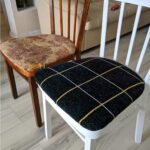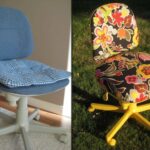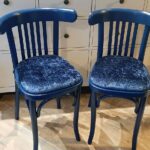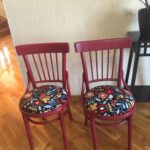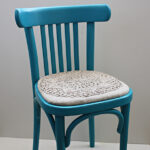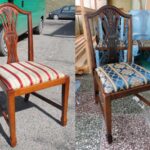How to change the upholstery of a chair with your own hands
Furniture items (in our case, chairs), as well as other items, deteriorate over time and become unusable for further use, namely:
- Loose;
- Creak;
- Exterior materials wear out.

In these cases, you should not immediately go for a new chair, because, with a certain amount of effort, you can restore an outdated piece of furniture, namely, change the upholstery of the chair. It is worth noting that in modern interiors, the use of interior items in the style of the 60-70s is now especially popular. All the nuances of how to properly change the upholstery on a chair with your own hands, the materials used for this, and specific step-by-step instructions can be found in the text below.
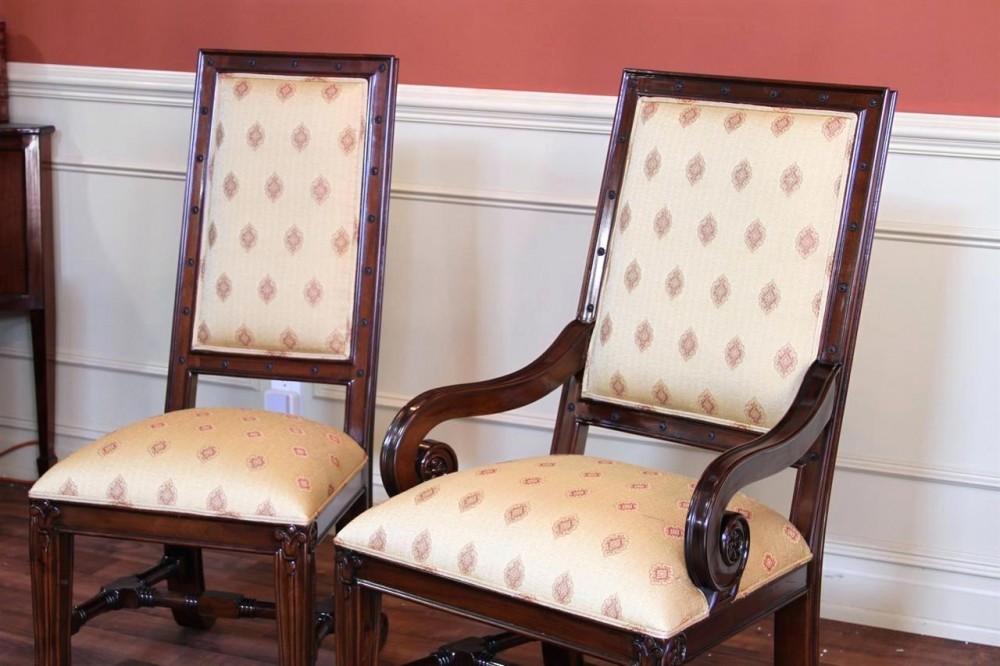
What is the banner for?
Any piece of furniture in your interior over the years becomes obsolete, becomes unusable, the drapery wears out, becomes stained, wears out. Over time, it becomes uncomfortable to use outdated furniture, among other things, it ceases to fit into the interior and even distorts the overall picture of the room. This means that the time has come either to replace and dispose of old furniture, or to try to restore it and drag it over.

Padding is possible when the chair is still:
- Durable;
- Reliable;
- Has a solid base.
The upholstery will give a second life to an outdated chair, returning and even improving its former appearance. The updated chair can serve for several more years as a reliable and tested piece of furniture.
How to make a chair upholstery with your own hands
To restore an old, but still sturdy chair at home with your own hands, you need to perform a certain sequence of actions.

Here are the averaged sequential steps:
- Removing upholstery and other soft parts;
- Parsing the basis for details;
- Assessment of the general condition of the frame base, checking the joints, analyzing unstable joints, stripping and gluing on a new one.
- Removing old paint and / or glue from the surface of the legs, backrest, frame, re-applying a new layer;
- Seat base renewal;
- Laying and securing elastic materials that provide a comfortable springiness;
- Covering with material.

This is general information, but each item has its own tricks that simplify the restoration and improve the overall appearance of the furniture.
Material selection
In order to correctly select the fabric for upholstery, certain factors must be taken into account:
- The material should be chosen strong, but retaining its shape;
- Trouble-free fabric washing;
- Possibility of cleaning with a solution with soap or with a brush.

It is preferable to choose for upholstery: leather, jacquard, flock, velvet, chenille fabrics, tapestry or artificial leather. Each of the listed materials has its pros and cons, details below.
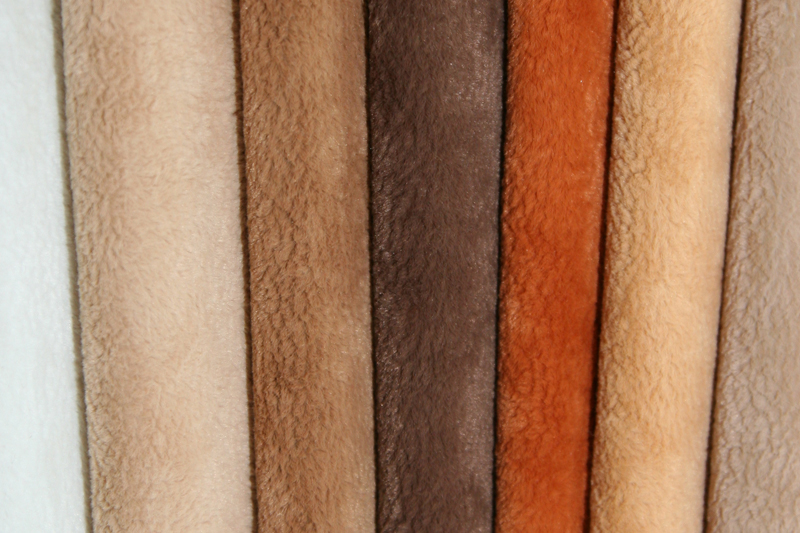
For soft backing
The soft backing can be made of foam rubber, which is the cheapest and most popular material. The synthetic winterizer will be a more expensive analogue. However, furniture savvy people favor the use of natural materials such as:
- Horse hair;
- Batting;
- Copra;
- Sackcloth.

It is desirable that the height of the pad is 3 to 5 centimeters in the backrest area and 6.5 to 7.5 centimeters in the seat area. If springs are not installed on the plywood base, a substrate 10 centimeters thick should be made, this will make it more comfortable for a person to sit on a chair seat.

For upholstery
The selection of the material that will fit the chair must be done, taking into account where it will stand and how often it will be used. Artificial leather is suitable for the kitchen, since this material:
- Easy to clean with a damp cloth;
- Repels water;
- Practical;
- It goes well with metal and plastic (cannot be combined with wood).
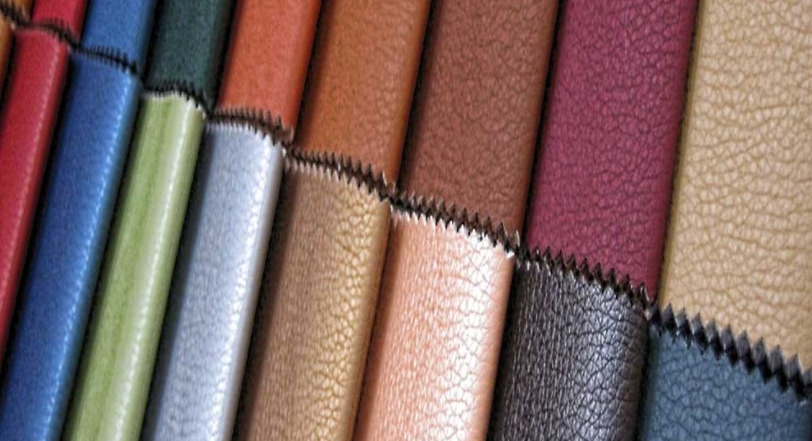
If the choice falls on a less practical fabric (in the form of: velvet, tapestry, jacquard, chenille), you should purchase fabrics impregnated with special solutions in the form of an adhesive tape or Teflon. This will allow the fabrics to last for several years, making it easier to clean the furniture. However, over the years and after chemical cleaning, this impregnation disappears.

Attention! Leather looks good on any furniture, however, it is prone to scratches, wear and tear and is quite expensive.
Stages of work
Do-it-yourself chair hauling is a fairly simple process. And, as mentioned above, it consists of several stages.

Before proceeding to replacing the upholstery, you need to prepare the workplace, as well as all the necessary materials and tools:
- Upholstery fabric;
- Sewing machine;
- Tool that removes old staples;
- Thick cardboard;
- Brush;
- PVA glue;
- Screwdriwer set;
- Pliers;
- Furniture stapler with staples, or a hammer with nails;
- Ruler / tape measure;
- Scissors;
- Chalk;
- Pencil.

Before starting, it is worth checking the chair for antiquity - according to the manufacturer's brand on the furniture body. In case of finding a find, you should contact a restorer for help, since the process of tightening an antique chair requires special precision and special materials in the form of horse hair and forged nails.
Removing old upholstery
The dismantling represents the beginning of the restoration of the old chair. To neatly remove old material, you need to:
- First you need to unscrew the seat:
- Hook up the fasteners with a screwdriver;
- Remove carnations;
- Unscrew the screws;
- Remove metal overlays.
- Then you can start removing the old staples with a staple remover or a flat screwdriver.
- Fold the fasteners into a container, you may need it later.
- Consider the frame of the chair, if there are areas of looseness - fix (fill cracks with sealant or PVA glue or putty them) and tighten in weak places.
- Remove old upholstery material (can be left to cut out new parts).
- Remove the remaining foam rubber.

Dismantling the frame
- To disassemble the wooden base of the chair into its constituent elements, you should use a mallet. It is necessary to tap with a hammer on the connections of the elements so that the chair easily disintegrates into parts (back, base without seat and legs).
- It is important to check the integrity and degree of safety of the elements, they should be absent:
- Fungi;
- Mold traces;
- Scratches;
- Notches;
- Splits.
- Replace rotten and damaged parts with new ones.
- Then check the connections and dismantle all unstable and loose fasteners.
- Clean and glue the details.

Making a soft backing
The area of the chair backing should be plus or minus equal to the dimensions of the seat, you should add a seam allowance of 1.5-2 centimeters over the entire surface. The remaining excess material can be trimmed.
- Cut out the backing on cardboard or on the selected fabric. The shape is selected depending on the seat, it can be in the shape of a square or a circle.
- Cut the patterns with sharp scissors.
- Place with glue on the seat, withstand the required time.
- In addition, lay on top with padding polyester;

As a filler, you can also use long-known materials: horse hair or dried grass. The fillers in question are distinguished by a long service life, and also, dust mites cannot multiply in them.

Fastening new upholstery
It is imperative that:
- The tension of the material was extremely strong, without the formation of folds;
- The hammer blows were light.
- Fix in 2 areas in the center along the front and back surfaces.
- Put on and fasten on the left and right side.
- Distribute the load equally, fixing alternately on both sides.
- Repeat the previous step on the front surface.

Advice. It is possible to use wallpaper nails, however, this will delay the process. Choose short studs to help prevent damage to the soft backing. Here you may need an additional element in the form of a thick fabric tape.
Decorating
As a decor, you can use:
- Various covers that are needed not only for beauty, but also to protect against all kinds of pollution. Two or three covers can be alternately changed as they become dirty, bringing different notes to the interior of the room.
Covers can be sewn independently (it's easy and fast enough), or purchased from a specialized store. - Paint the details of the chair, draw patterns, apply varnish on top.
- Beautifully tie the fabric on the back, add fasteners, decorations, ribbons.
- Decorate the surface of the chair with decoupage.
- Tie the back and legs with a jute rope, creating interesting knots.

Backrest restoration nuances
Restoring the back of a chair is a two-step process:
- Covering with material;
- Application of varnish.
Found cracks should be filled and sealed.
Step-by-step instructions:
- Stretch the upholstery on the back of the chair.
- Secure the material with a stapler, move from the center to the edges.
- Stick the foam rubber on the front.
- Secure fabric with piping along the edge.
- Then trim off excess material.
- Decorate the upholstery with braid, hiding nails or staples.
- Apply varnish or paint with acrylic paint on the surface of the chair. But it is undesirable to use water-based paints, as they will quickly wear off.
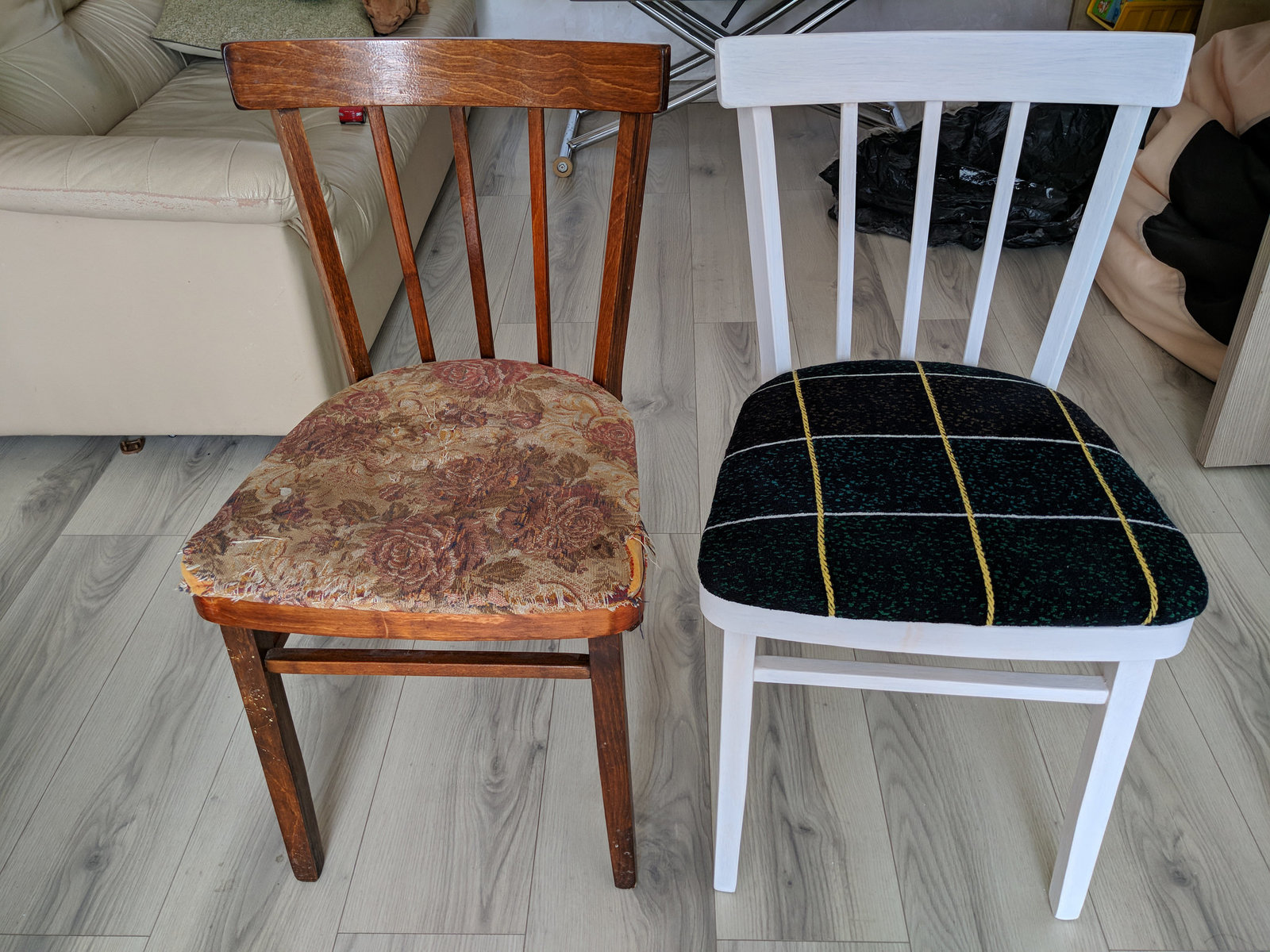
How to care for chair upholstery
How you care for your refurbished chair will depend on the upholstery material you choose.
- Teflon-impregnated material can be cleaned with water or damp cloth;
- Leather upholstery - special leather care products;
- Eco-leather - with neutral substances;
- Flock is cleaned with warm water, foam from soap or water-based means;
- Chenille - with dry brushes, napkins, vacuuming;
- Jacquard by hand or machine wash, low temperatures, sponge with foam;
- Velor - cleaned with a foam sponge, 10% alcohol solution, water-based detergents.
- Tapestry - dry cleaned and vacuum cleaned.

Video: how to replace the upholstery on chairs




